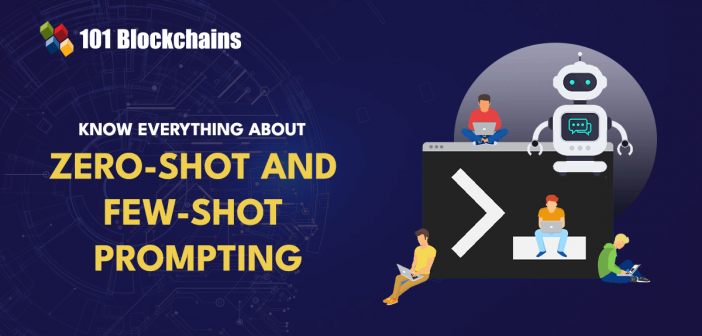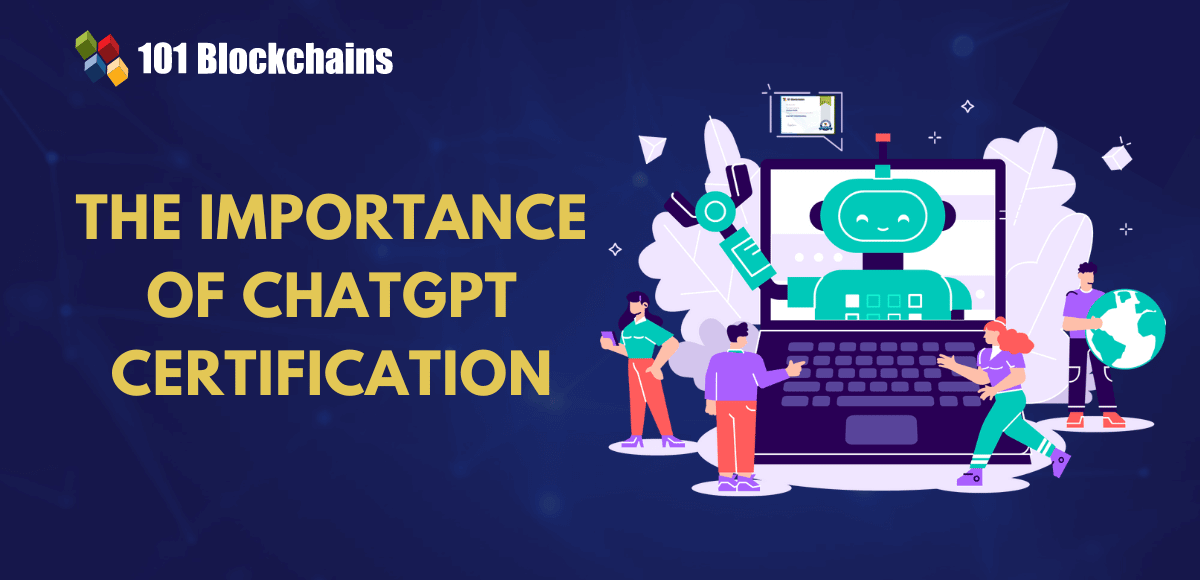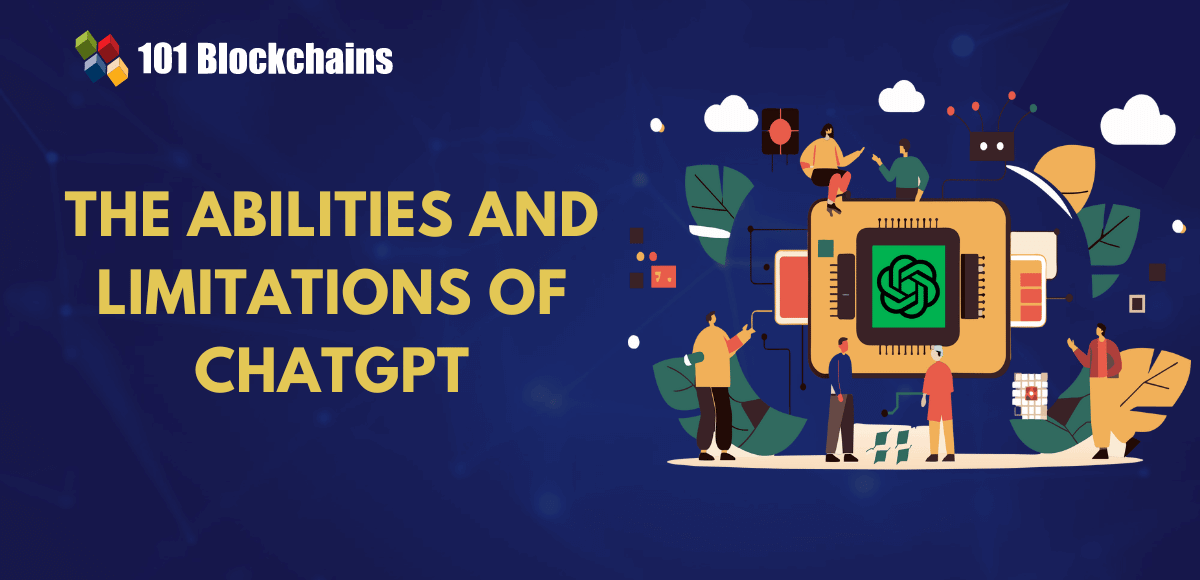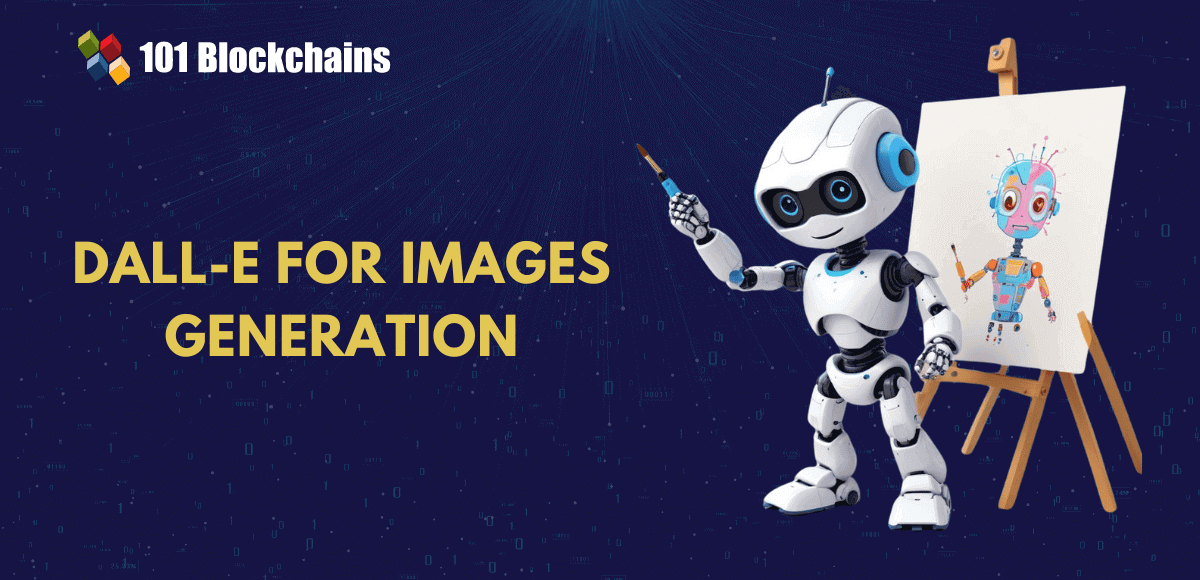Large Language Models, or LLMs, have become one of the major topics of discussion in the AI landscape. LLMs are the underlying neural networks that help in understanding and responding to queries in natural language. What drives the powerful functionalities of AI tools like ChatGPT? It also uses LLMs and delivers better results through prompting.
As a result, AI experts use techniques like zero-shot and few-shot prompting to improve the effectiveness of transformer-based neural networks. Prompting is the process of asking the right questions to LLMs for ensuring better personalization of responses. It helps in creating precise cues and instructions that can help LLMs generate contextual and coherent responses. Let us learn more about the two most prominent techniques used for prompting large language models.
What is the Importance of Prompting for LLMs?
The first thing you need to understand about few-shot and zero-shot learning is the definition of large language models. LLMs are deep learning systems featuring different layers of transformers and feed-forward neural networks containing billions of parameters. Some of the common applications of LLMs include language translation, content generation, text summarization, question answering, and many other tasks.
LLMs could respond to end users according to the questions asked by the users or prompts. Prompting is a key requirement for interacting with LLMs such as ChatGPT. It involves packaging the intent of the user in the form of a natural language query that could evoke the desired response from the LLM.
The effectiveness of prompting determines the accuracy of the Large Language Models. Prompt engineers use techniques such as zero-shot prompting, few-shot prompting, embedding, and fine-tuning to tailor them to perform specific tasks. If the LLM task requires knowledge of niche, private information, you could use prompting through embedding.
Fine-tuning is also a prominent technique for prompting by leveraging a training set focused on a specific style, domain, or skill. On the other hand, zero-shot learning involves the use of a single and clear prompt without any examples for simple tasks. In the case of few-shot learning, the training data would use different examples to guide the prompt to generate the desired response.
Want to understand the importance of ethics in AI, ethical frameworks, principles, and challenges? Enroll now in the Ethics Of Artificial Intelligence (AI) Course
What is Zero-shot Prompting?
The new generation of large language models, such as GPT-4, have revolutionized the conventional approaches for natural language processing tasks. The most noticeable features of the models point to the capability for performing zero-shot prompting. One of the key highlights of the zero-shot prompting examples is the fact that you do not have to use explicit examples for desired output from the LLM.
Zero-shot prompting does not require labeled data and enables the model to address a new issue. LLMs could adapt to unprecedented issues as they could understand content sourced from different platforms. Here are some of the basic examples for understanding how zero-shot prompting works.
-
Example 1
The first example of zero-shot learning involves a simple prompt such as,
Translate the following sentence from English into Spanish.
The text could be something like, “The landscape looks amazing.”
The output would be, “El paisaje se ve increíble.”
-
Example 2
Let us assume another task as an example for understanding the working mechanism of zero-shot prompting. Here is an example of a zero-shot prompt for summarizing text.
Summarize the main concept in the following text in one line.
The text for such zero-shot prompting examples could look like the following paragraph.
The sporadic rise of artificial intelligence has fuelled major advancements across different industries. AI technology has emerged as a promising choice for improving the productivity of different industries, such as education, healthcare, and manufacturing. On top of it, AI has also introduced innovative advancements that have improved our everyday lives. However, it also presents some critical concerns, such as privacy issues and the loss of jobs to automation.
The output of the LLM for the prompt would be like,
The rapid growth of AI technology has introduced positive effects in different industries, albeit with concerns regarding privacy and job loss.
In the examples, you can notice that the model has received clear instructions without any examples or demonstration of desired behavior. The zero-shot learning capabilities of the large language model help it in understanding the task and generating the relevant output in both examples. On the other hand, it is important to note that zero-shot prompting does not deliver accurate results in all cases. However, a few-shot approach for prompting the language model could overcome the limitation by providing examples or demonstrations to LLMs.
Enroll now in the ChatGPT Fundamentals Course and dive into the world of prompt engineering with practical demonstrations.
What is Few-shot Prompting?
The next important technique among zero-shot and few-shot prompting serves as an effective answer for overcoming the limitations of zero-shot prompting. It helps large language models in ensuring better performance for complex tasks by offering demonstrations. On the other hand, it has problems in addressing tasks that require reasoning. In such cases, prompt engineers would have to turn towards advanced prompt engineering techniques such as chain-of-thought prompting.
At the same time, zero-shot and few-shot prompting examples show that few-shot learning can offer a more effective alternative to zero-shot training. It can utilize different numbers of examples, such as one-shot, three-shot, or five-shot learning. The examples for few-shot learning include input-output pairs that guide the LLM in generating desired responses. However, few-shot learning also has certain limitations.
Examples of Few-shot Prompting
The review of few-shot prompting examples would help in understanding the working mechanisms of few-shot learning. Few-shot learning involves in-context learning through the use of examples that help in conditioning the behavior of the LLM. Here are some of the notable examples of few-shot learning.
-
Using New Words in a Sentence
Prompt 1: Whatpus are small, furry animals found in Tanzania.
Output: We saw whatpus during our vacation in Africa.
Prompt 2: Farduddle means jumping up and down vigorously.
Output: We could not help but farduddle upon hearing the news of victory.
In both examples, the LLM could learn the ideal approach for performing the desired task with the help of one example. Therefore, the prompting approach in this case would be one-shot learning.
Identify the full potential of generative AI in business use cases and become an expert in generative AI technologies with the Generative AI Skill Path.
-
Sentiment Analysis through Random Labels
The following example could help you understand how zero-shot and few-shot prompting are different from each other. The example revolves around the use of random labels for sentiment analysis tasks. Here is an example of the prompt.
This is great! // Negative This is sad! // Positive Wow, that movie was amazing! // Positive What a big letdown! //
The output for the sentiment analysis task prompt would be negative. You can notice that the randomization of labels does not generate the correct answer for the model. At the same time, you could also notice the significance of format in few-shot learning examples.
-
Complex Reasoning Task
The answers to “What is the difference between zero-shot and few-shot prompts?” point to the fact that few-shot learning could address complex tasks. On the other hand, few-shot learning also struggles to complete tasks that need complex reasoning. Let us assume that you use the following prompt.
The odd numbers in this collection add up to create an even number: 32, 13, 15, 82, 7, 5, and 1.
The response of the LLM for this prompt might be,
Yes, the odd numbers in the collection add up to 110, which is an even number.
As you can notice, the response of the LLM is completely inaccurate, thereby suggesting that few-shot prompting could not deal with such problems. You can also try adding more examples to guide the behavior of the LLM. However, it might not stand up to the challenge of generating relevant responses in complex reasoning tasks. At the same time, the examples show that few-shot learning could help in improving the performance of LLMs for different tasks. On the other hand, you might need advanced techniques, such as chain-of-thought prompting, to address complex tasks.
Excited to learn the fundamentals of AI applications in business? Enroll now in AI For Business Course
What are the Differences between Zero-shot and Few-shot Prompting?
The next important point of concern on your mind right now must be the difference between zero-shot and few-shot learning. You must have checked the zero-shot and few-shot prompting examples to understand the fundamental differences between them. For example, you might have understood that zero-shot prompting does not require any explicit examples of desired behavior. On the other hand, few-shot prompting requires some examples to describe the specific behavior of the LLM. Here are some of the notable differences between zero-shot and few-shot learning.
-
Definition
Zero-shot learning is a prompting technique for helping a model make the necessary predictions for unseen data without the need for additional training. On the contrary, few-shot learning uses a small set of task-specific or niche data for fine-tuning the performance of a model.
-
Training Approach
Zero-shot models do not require task-specific training data as they can depend on pre-trained knowledge alongside reasoning abilities. Few-shot models would need a limited amount of task-specific training data, generally in the form of certain labeled examples.
-
Control
The answers to “What is the difference between zero-shot and few-shot prompts?” would also point to the element of control. In zero-shot prompting, the model relies on pre-trained knowledge, thereby reducing control over the output. On the other hand, few-shot prompting can help in refining LLMs with specific training data or examples that improve customization and control.
-
Training Time
Another crucial aspect is the differences between zero-shot prompting and few-shot learning points at training time. Zero-shot learning offers the assurance of faster training time without the need for model optimization. On the other hand, few-shot learning requires longer training times, albeit with faster prompting than training models from scratch.
-
Flexibility
Zero-shot prompting can help LLMs achieve higher flexibility as they can manage a broad range of tasks without additional training. Few-shot learning offers moderate flexibility as the method needs task-centric data and can adapt to different tasks only with niche examples.
-
Usability
The review of zero-shot prompting examples also shows that it is useful in scenarios where the model does not have specific training data or requires rapid experimentation. On the other hand, few-shot learning is ideal for use cases that require task-specific customization or have limited training data.
-
Speed and Responsiveness
The distinctive trait of zero-shot prompting is the assurance of faster response generation, as the model could use pre-trained knowledge for generating outputs. On the other hand, few-shot prompting involves the fine-tuning process, which leads to a comparatively lower speed of generating responses.
Want to know the best practices for the implementation of AI and FinTech solutions? Enroll now in the AI And Fintech Masterclass
When Should You Use a Few-shot Prompting Technique?
The differences between zero-shot and few-shot prompting show that few-shot learning is ideal for complex tasks. It is useful in cases where zero-shot prompting does not deliver the desired results. In addition, few-shot learning is also recommended for use cases with limited training data.
Some of the notable use cases of few-shot learning include natural language understanding, summarization, code generation, question answering, domain-specific tasks, creative writing, and conversational AI. Few-shot learning can also support tasks such as structured output generation, customized visualization and reporting, and data extraction and formatting.
Become a master of generative AI applications and develop expert-level skills in prompt engineering with the Prompt Engineer Career Path.
Conclusion
The outline of zero-shot and few-shot prompting examples alongside the distinctive highlights of each prompting method shows their importance. It is important to understand that zero-shot prompting examples could not showcase effectiveness in dealing with complex tasks. At the same time, few-shot learning also falters in the case of complex reasoning tasks. However, a few-shot approach to prompting can ensure customized training of LLMs for specific tasks through fine-tuning.
On the other hand, zero-shot prompting could offer the advantage of adaptability for unknown use cases. The differences between zero-shot and few-shot learning in terms of usability, training duration, flexibility, and control over output prove that both techniques have unique advantages and setbacks. Learn more about zero-shot and few-shot learning techniques for training large language models right now.







